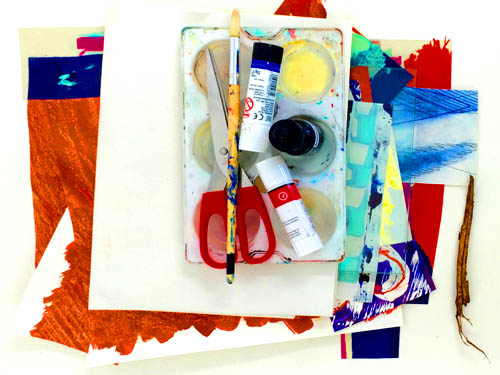
Sticks and stones
Graphic design is principally about problem solving. The client has requirements and this is addressed by the designer using a sometimes already established brand identity and sometimes one needs to be created as part of the creative package. Fonts, logos, colour palettes, layouts, illustrations and photographs are all key components – the essential ingredients implemented to cook up the perfect design dinner.
I use all of these things daily and they’re comforting to a graphic designer. They all live happily together inside the computer and with imagination, can be summoned with a few clicks to be applied in an infinite number of ways. This makes graphic design an enjoyable adventure. I certainly don’t miss the old days as demonstrated in this video clip. Thank you Mr Walker for the link.
So, what happens when you step away from all this comforting technology? No Apple Mac, no cameras or iPad, no scanners or even laser printers. Just paint, ink, paper and anything else you can find that doesn’t require electricity and complete freedom to make marks.
Last weekend I spent a couple of days in Glasgow at the House for an art lover with a dozen other students from a variety of diverse creative backgrounds. Our teacher was the artist, Fraser Taylor whose work I have admired since the 1980s when he was a member of The Cloth collective and the artist behind the design of many record sleeves of that period.
We were encouraged and nurtured to use the array of art materials available and not to overthink it. This was hard for me, very hard. I struggled at first to think outside the box (quite literally) as I have become so accustomed to using a computer as my instrument of creativity. I did my best to get messy, to let go and to make marks, lots of them. We used carbon paper, inks, glue, pencils, pastels, paints of various types and I even dispelled with the paintbrush in favour of some sticks and pieces of stone to force a further loss of control. Things went one step further when I took off my glasses to see what would happen if I were literally unable to see properly what I was doing!
My finished pieces were a messy mixed bag, and I was more impressed by what my classmates did than any of my efforts, but I thoroughly enjoyed the process if not my final results. I continued the journey with two further print making courses on my return to Liverpool at Bluecoat Arts Centre. I’ve now also tried Intaglio print and at the weekend will be getting up to my neck in screen printing.
It’s good to be pushed out of the comfort zone, the process and experience is actually more important to me than the end results – a good thing really, considering what I’ve created to date. The journey continues…
- Blog
- Bluecoat Print Studio, Fraser Taylor, House for an art lover
- August 12, 2015
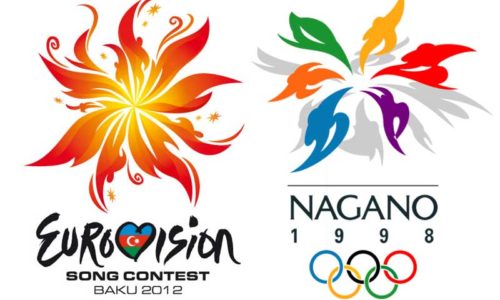
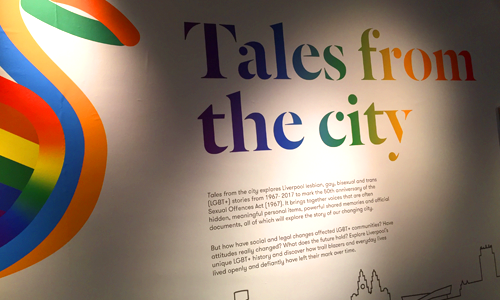
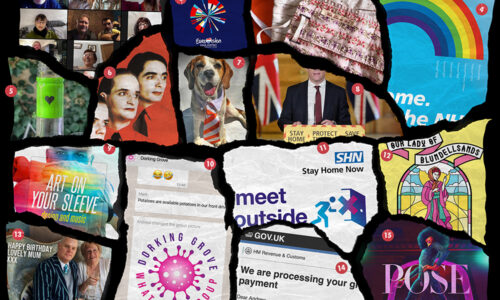
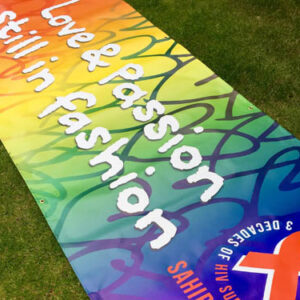

Harry, Greenport, NY
Great blog Andrew, It sounded as if you had a wonderful time, with wonderful people. Sometimes it helps to change your surroundings and just let the magic flow. Maybe you can turn your art into a postcard or stationary or wall art?
Arthur Schenck
I watched the “Before there was Photoshop” video you linked to, and boy oh boy oh boy, I don’t miss those days!! In fact, I don’t think I could function without my modern technology. And yet, in my desk drawer is a ruler with a type gauge (to work out what point size printed type was), a gauge for working our the point size of lines (“rules”, we called them), and measures of leading in points and picas. Time was, I used that gauge every day. Now, I look at it and remember. That’s what your post did for me—thanks!